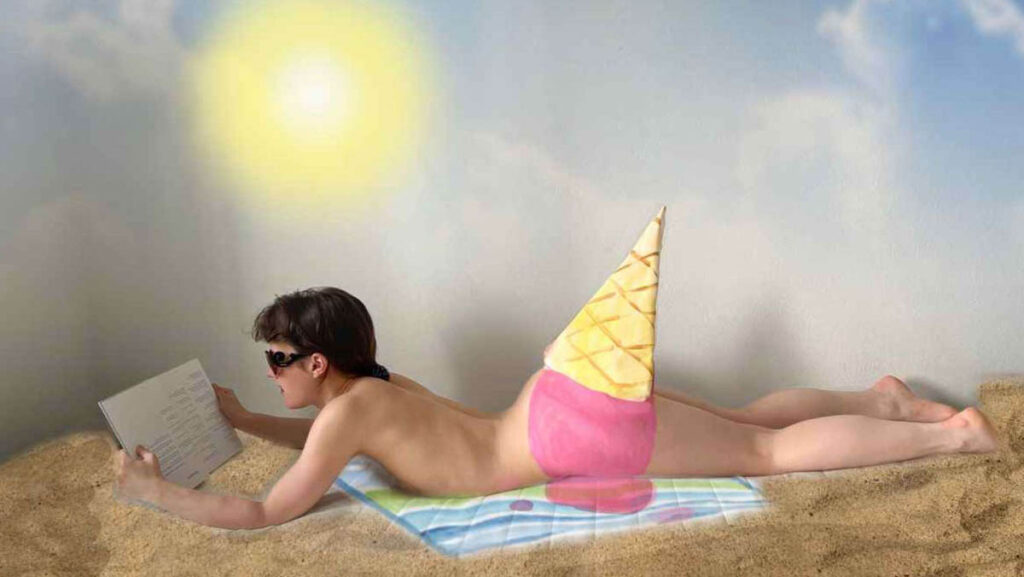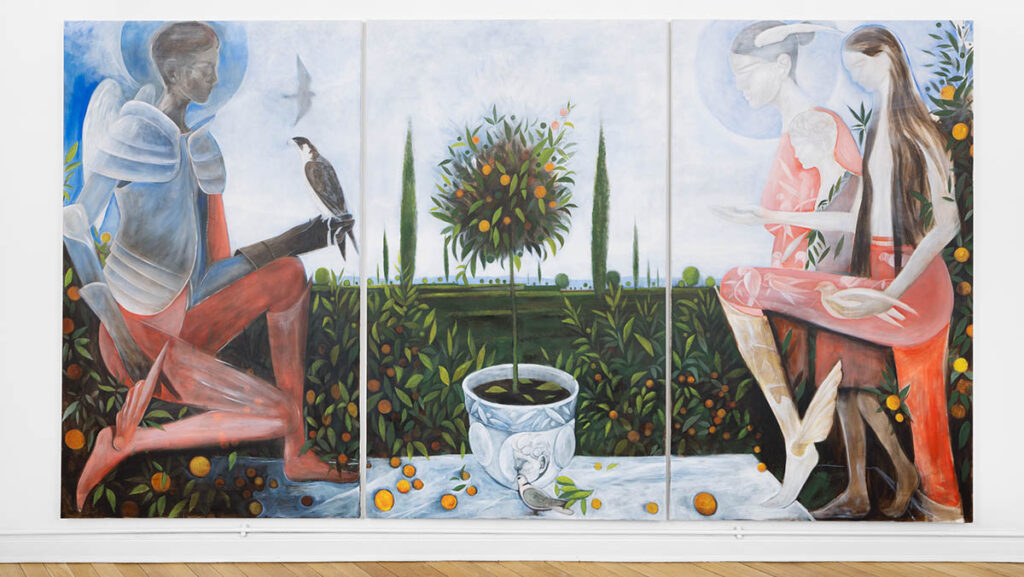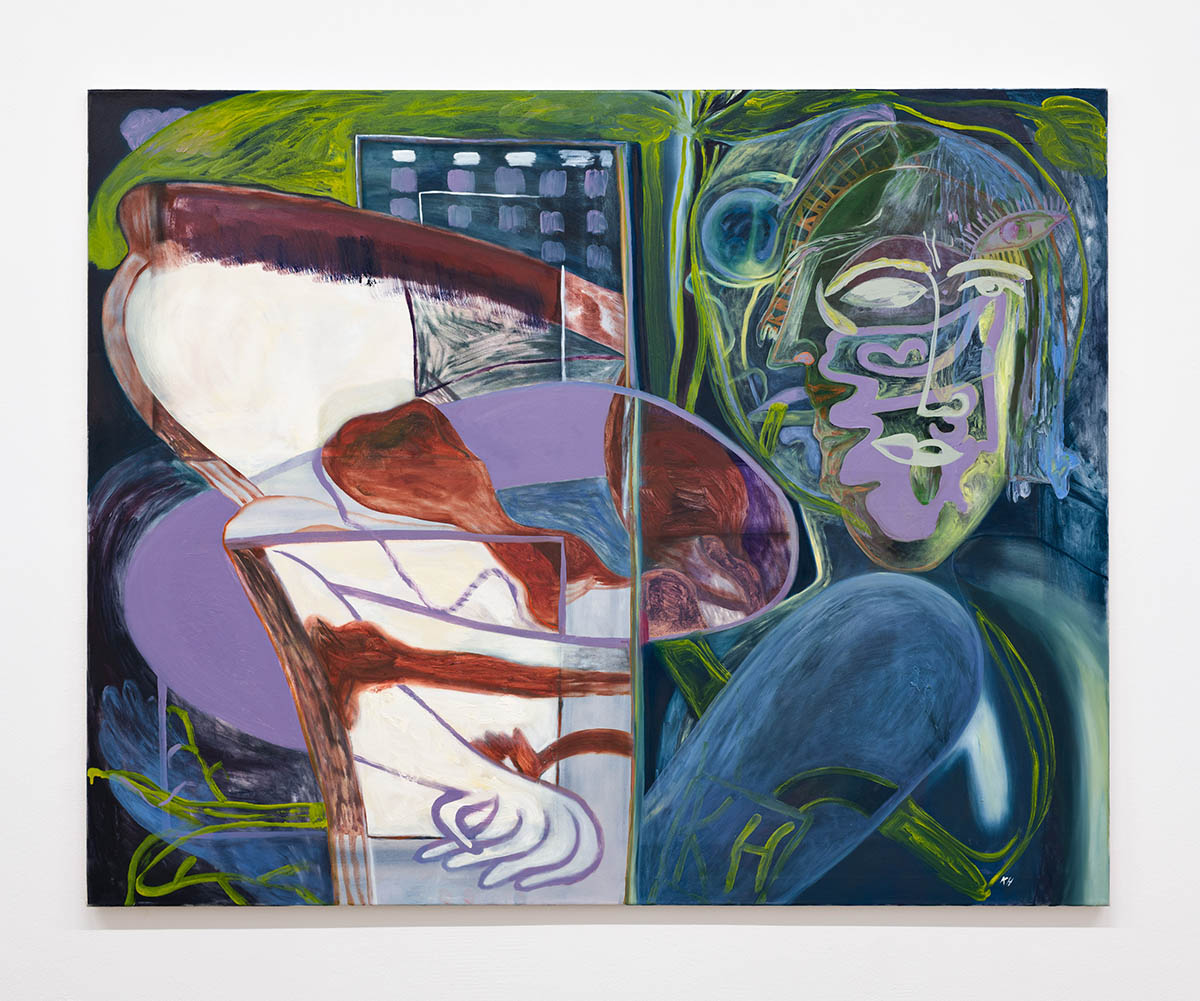
Your latest publication, “If You Don’t Believe in Yourself, Someone Else Should,” was recently released. We would love to hear all about it!
I’m excited to share all the details with you! This is not only my latest but also my first solo publication. It’s a book that lies somewhere between a monograph, an artist’s book, and a collection of texts. With Alexandra Möllner, we have developed a concept that I think and hope allows my approach and the concept and content of my work to be followed closely and intuitively. I am particularly happy that Florentine Rungrama Muhry has contributed a text to my work and that Anna Schachinger has had a conversation with me about painting. The book is divided into groups of works, each of which is introduced by one of my texts. These are arranged in a non-hierarchical and non-chronological way that provides deeper insights and a sense of the different materials, ideas, and approaches I am exploring. The latter is also emphasized by the playful graphic design, page numbering, and a detailed section with a special matt/gloss paper. The glossy sections highlight the oil works, while the matte sections showcase linen, fabric, and paper works.

The title „If You Don’t Believe in Yourself, Someone Else Should„ humorously points to my critical thinking about prevailing capitalist and neoliberal structures, as well as the often contradictory and challenging experience of being an artist* trying to find a position in a complex, elusive field – or any person navigating different circumstances, which can make things easier for some and un-easy for others. It also reflects societal indifference, a general lack of social/political care, and a pervasive „survival of the fittest“ mentality.
You publish many abstracts from your notes; how do you use text in your art practice?
Text has always been important in my work. What I like about titles, poems, text fragments, and individual pieces of text art is that they evoke so many thoughts and associations. For me, text pieces and poetry are very much related to drawing, and I find it an extension of my visual possibilities. To create images in someone’s mind.
And I love what happens when you read and work with translations, even though I don’t speak that many languages, but it starts with English as a non-native speaker – how other languages give us different ways of thinking, and when you don’t know a language as well as I do now with French, funny phrases and meanings emerge.
I saw a quote on a language tandem app from a Chinese person learning German: „Das Leben ist schwer. Aber wir müssen darauf bestehen.“ That accompanies me – if you know what I mean.
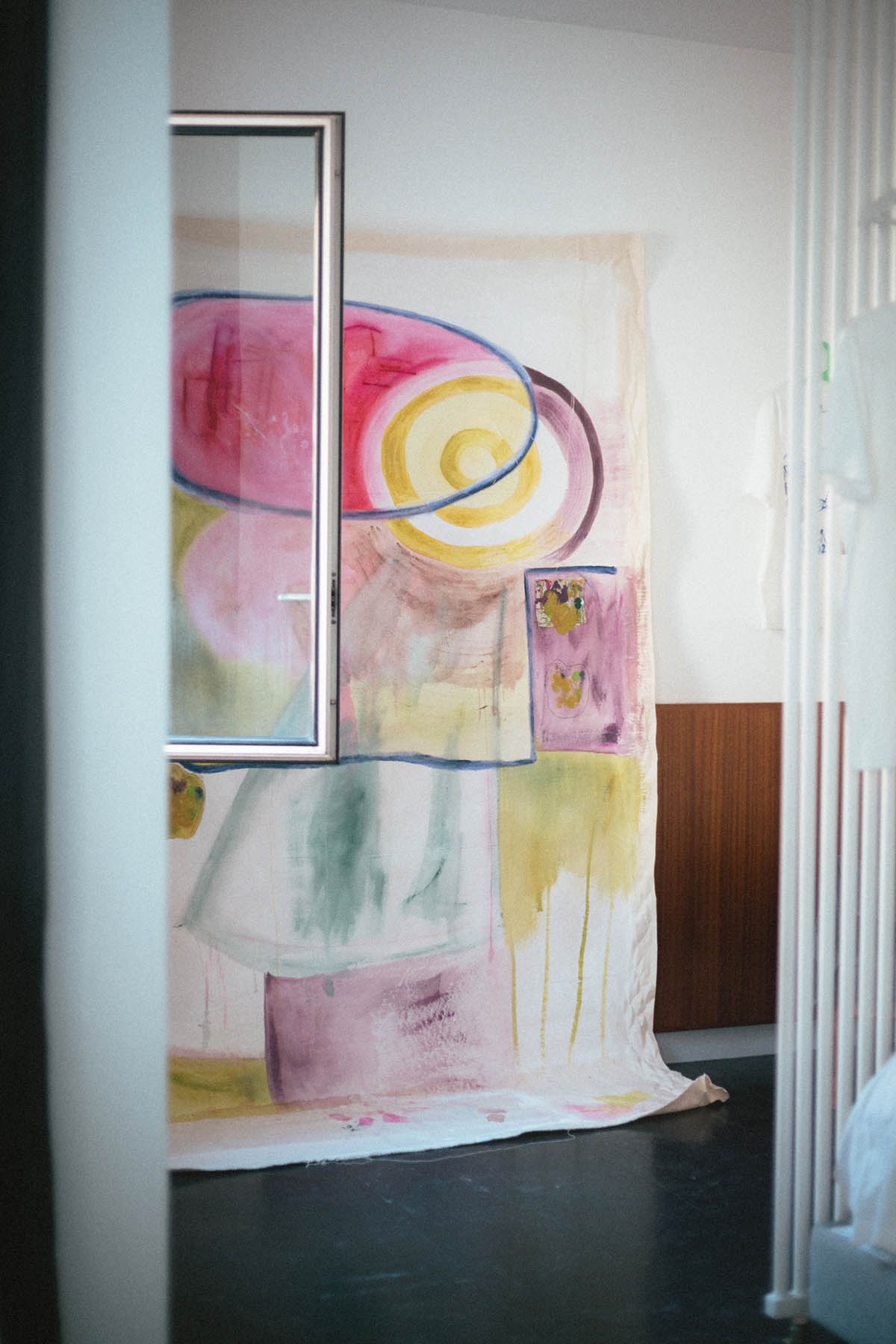
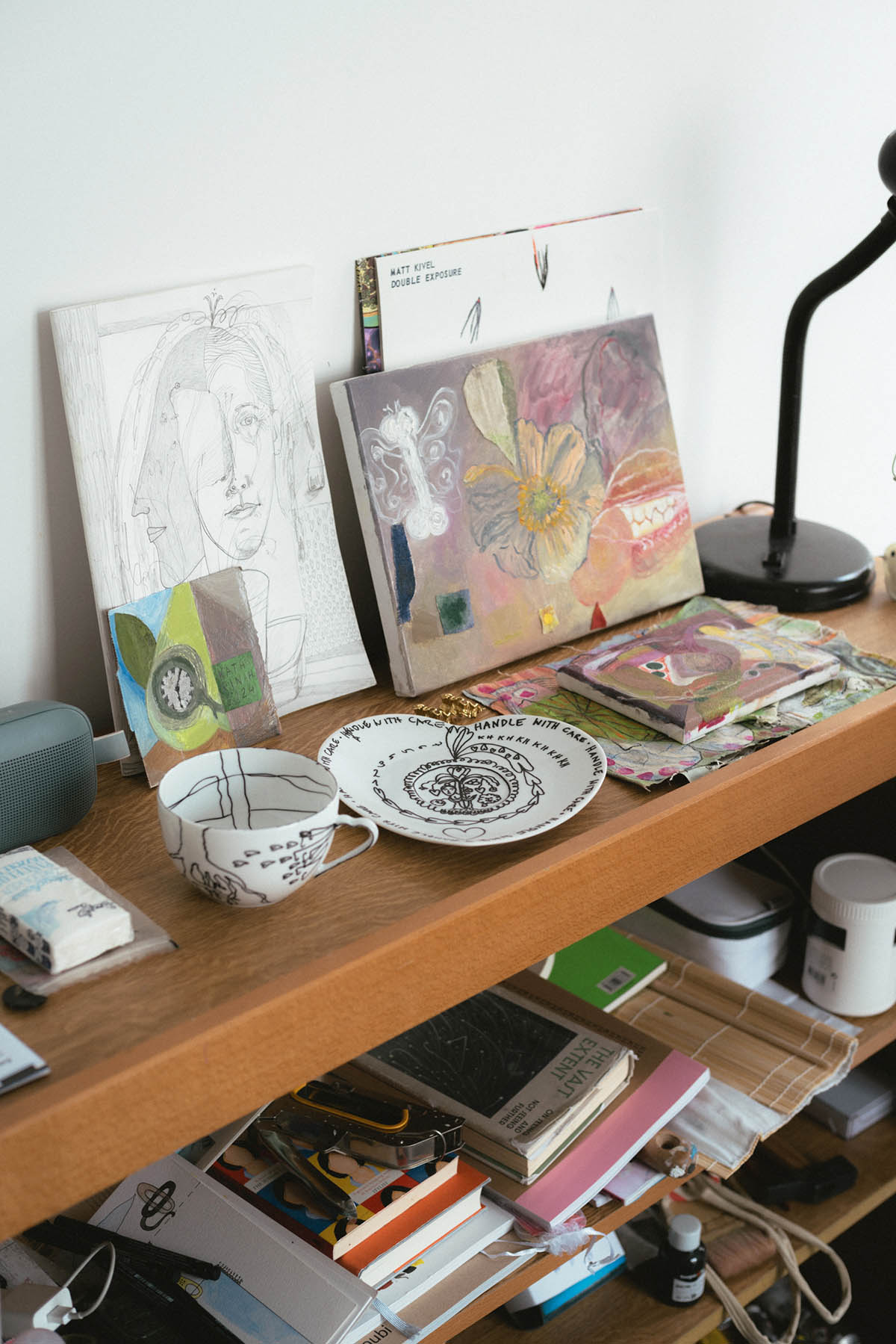
Describe a perfect working day. How do you spend your time in the studio?
A day of stop and go/walk. Walking, moving (also thinking and being creative means movement for me), and taking rests. Observing and looking into the void. In between, I do some other things like organizing stuff, cleaning, reading, and taking care of my mother-todos. I like my practice to be a rhythm of different experiences, speeds, intensities, and forms of focus. And also space; I work in the studio, at home, outside, in coffee places, and I would love to establish one fixed day at the library, which somehow always ends up remaining just an idea I have for myself.
I have phases where I go to the studio a lot and others where I’m there only once a week or even less. When I arrive, I have a coffee, start looking around, take something in my hands, and from there on, I like to keep my practice a bit of a secret—not from the people who visit, but more in terms of how I talk about my work. In general, I enjoy it when you don’t always know exactly how an artwork came to life.
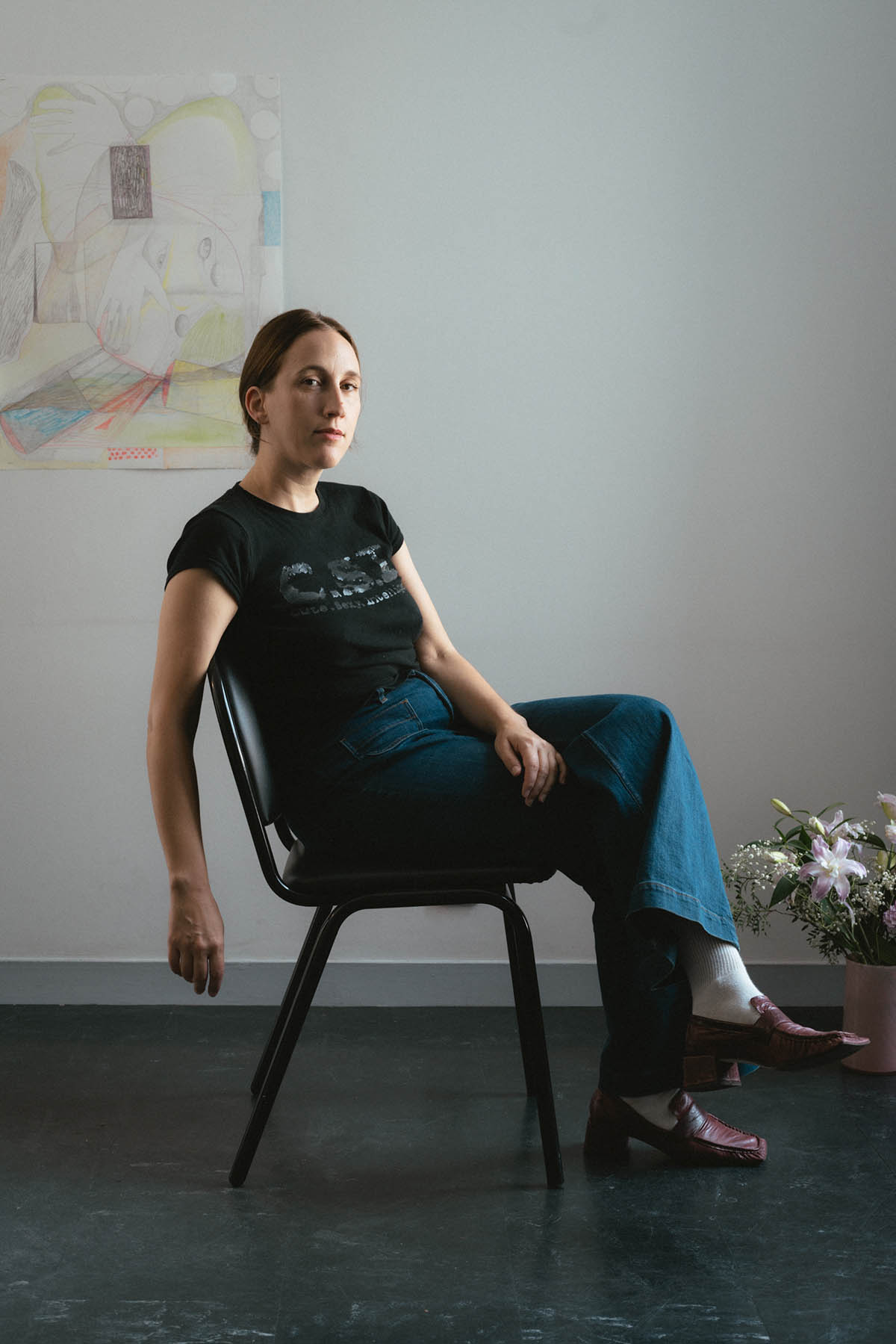
How do you collect your ideas? Do you sketch a lot?
My whole work is a collection of ideas and sketching, discarding, and reflecting. I am an illusive, transparent artist, transparent like glass; you just see through or have a mirror, and in the end, it is both truth and lies. Still, I’m most interested in the things that are hard to grasp, the feelings, the materials, the messages, the color combinations, the existential questions of being, the small impulses and ideas you get from the things between the lines. I get a lot from reacting and thinking about everything, listening to podcasts, reading (theory, poetry, literature, randoms on social media), and speaking to strangers, including my closest ones.
I deeply believe that through working, thinking, living, exploring, and observing — with patience and impatience — you have the chance to come close to what you would like to formulate and develop.
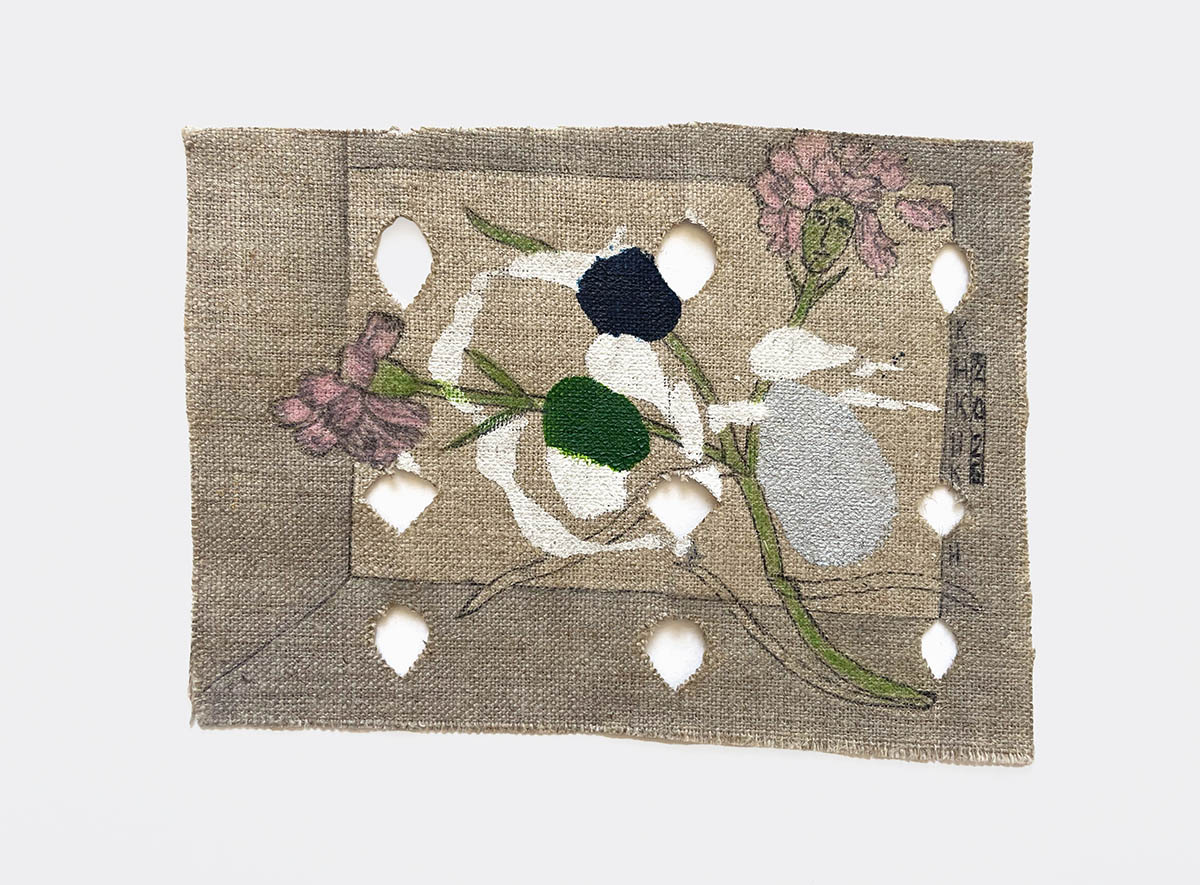
Your works can also be seen in formats such as T-shirts, silk scarves, gloves, and jewelry. How did clothing become involved with your work, and why do you believe wearable art is the best edition format?
There are plenty of reasons, and I don’t necessarily think it’s the best.
I love the idea of me being a pop star or in fashion and people wearing my merch. Like a sneaky intruder going into someone’s domestic and aesthetic privacy. And people who buy those kinds of editions may love that too, and that they can have a work of mine for cheap(er).
Every surface and material feels different to work with, which leads to results I wouldn’t want to miss. It also makes me a bit more autonomous—I’ve found a way to navigate different fields of value and accessibility. When I started making these editions, I still felt a bit insecure, wondering if that meant I was no longer a ‚real‘ artist. That in itself was already interesting. Although that changed and is not so much of a thing for me anymore.
What is your process from starting a painting to the final exhibited piece? Are there any techniques that are your favorites, and why?
This is quite a difficult question for me to answer. I love working in a rhythm between techniques, media, order, and chaos. It’s an ongoing process of finding a balance (which is, of course, never possible, so it’s also never boring). I store — and don’t store — all my works and artworks in my studio, at home, and at friends’ places. When I have an exhibition, I start sorting things out, thinking about frames, and developing ideas and concepts for the presentation. Sometimes, I’m happy to let others decide, like curators or gallerists. It’s nice to see how my works become autonomous and take on a life of their own.
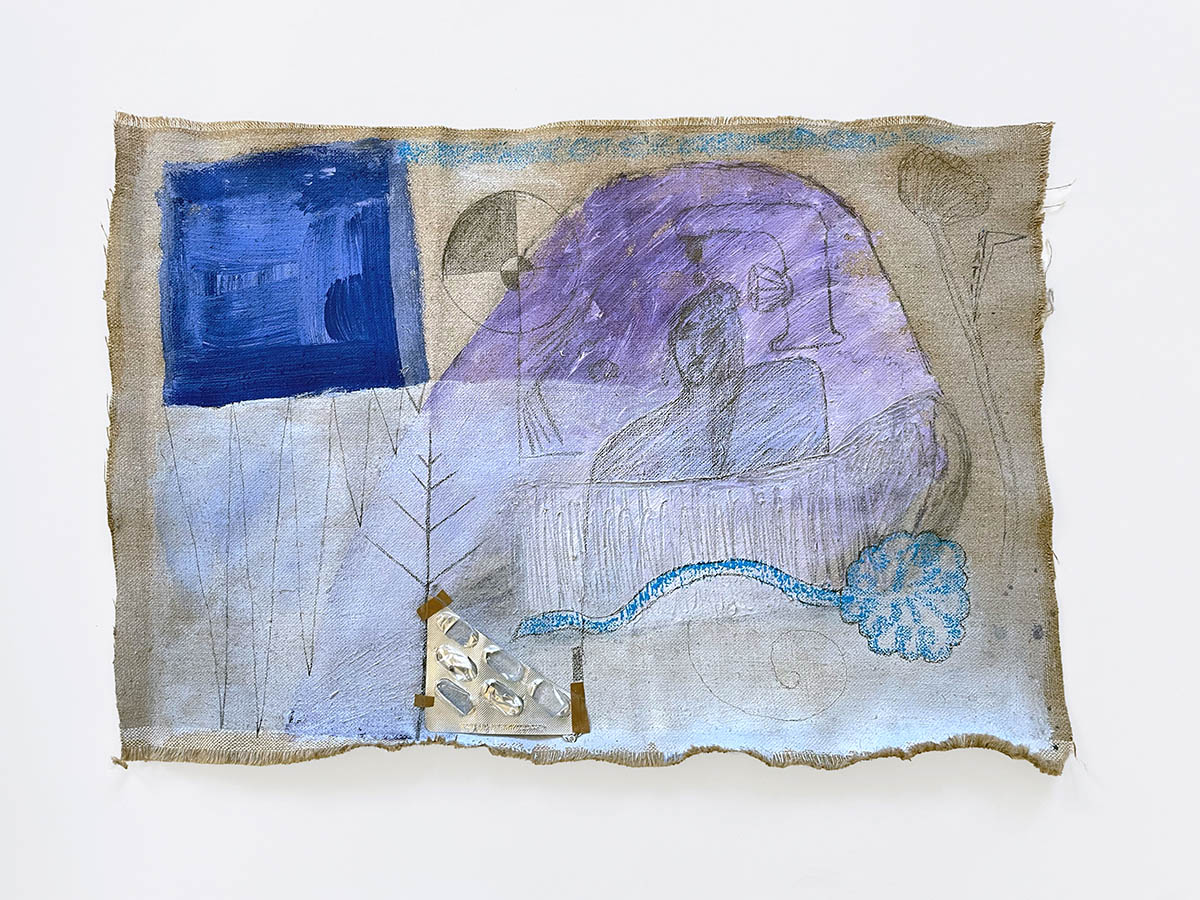
You have often held teaching positions at the University of Arts and Design in Linz and the University of Applied Arts in Vienna. How was that experience for you? How do you perceive the educational system in art, having been both a student and a teacher? How does this influence your practice?
Currently, I’m teaching “painting in the context of movement“ at the Kunstuniversität Linz. The course combines workshop-like, performative approaches with drawing and painting studies as well as observational recordings. In addition, we are exploring and discussing different artistic and theoretical positions from painting, poetry, performance, and video. The final project will be a publication by the students, which will be released in the summer. I love being a teacher and working with students – I find the exchange very positive and rewarding. As I mentioned before, the exchange is essential for me as an artist, and it’s another layer that brings in a lot.
What’s most important to me is that I try to be accessible/accompanying and offer students an individual perspective and insight into how they can find their way to their practice, career, as well as – and even more important – self-evidence as an artist after their studies. In my experience, this can be very confusing if you don’t have the context and environment to develop a vision.
To answer your question about my opinion on the education system, I think it’s difficult because of course it starts with the entrance exam that you only have a certain group of people who either have the background or are confident enough to apply in the first place and then of course it’s not always easy to see the potential in applicants who come from a non-arts background.
For various reasons, however, I still think that limiting admissions generally makes sense. Also, a lot has certainly changed in this direction, and I hope it will be further improved so that at least a broader range of applicants can apply and have the chance to get in. I would like to become a professor one day so that I can put my beliefs and experience into practice.
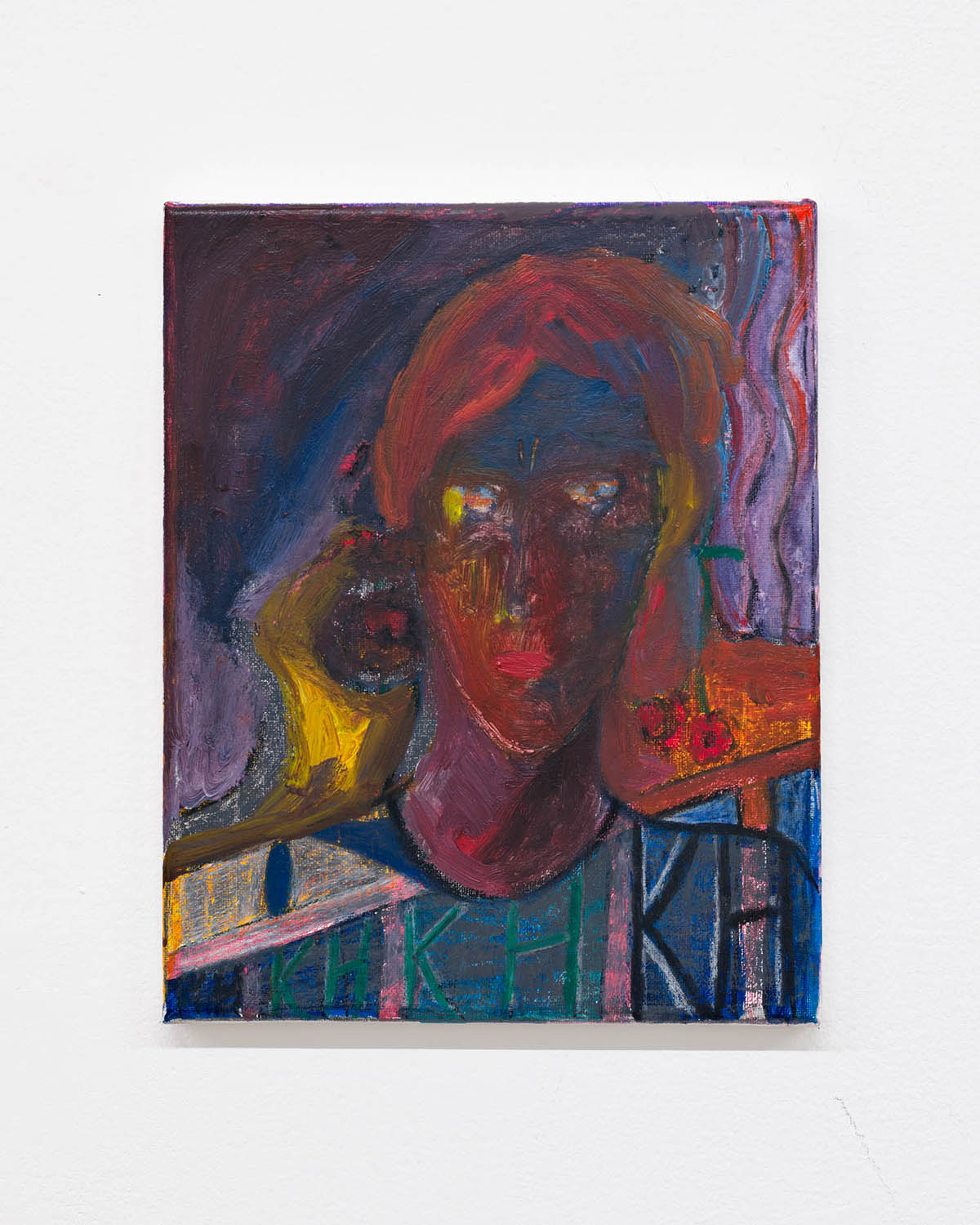
What would you like to see more of in today’s art world?
In today’s art world, and in my approach, which both reflects as well a broader spectrum, I would love to see more profound engagement, a genuine willingness to look closely, and a meaningful exchange across generations and diverse perspectives — whether related to career trajectories, social class, background, ability, identity, or other significant factors. While such dialogue does exist, it is not always easily realized — it demands time, emotional focus, and commitment. Moreover, I believe the current socio-political context doesn’t always allow for this kind of engagement.
I would also like to see more risk-taking, again, both within the broader art world and within my practice. A basic level of financial security might facilitate that. I truly wish it were no longer taboo to discuss the financial realities of artists. The further one advances in their career, the more one realizes how much of a difference financial stability makes — owning property, for instance. Many artists go through phases where their financial situation is precarious, when they run out of money, or when they need more time to focus on thinking, researching, and developing their work. This is sometimes possible through grants or sales, but it’s a difficult balance to maintain, not to „give up“ or become exhausted while managing both a full-time art practice and a part-time to full-time side job.
So, yes, what I would like to see in the art world is more space for addressing realities and finding solutions, acknowledging the fact that the art scene is both elitist and precarious at the same time.
Where will we see your work next? Are there any other upcoming shows you would recommend?
Currently, my work is featured at MOCAB Belgrade in the exhibition Future of Melancholia, which is a collaboration with Halle für Kunst Graz. There, I will also be giving a talk alongside Anna Schachinger on April 24th – more about the event. It would be wonderful to see some of you there. As my recommendation, I’m very excited that Kunsthalle Krems is presenting the work of Susan Rothenberg. I just recently discovered her through a colleague who admires her a lot, and I’m looking forward to experiencing her paintings in person.
Katharina Höglinger – www.katharinahoeglinger.com,
www.instagram.com/katharinahoeglinger/




